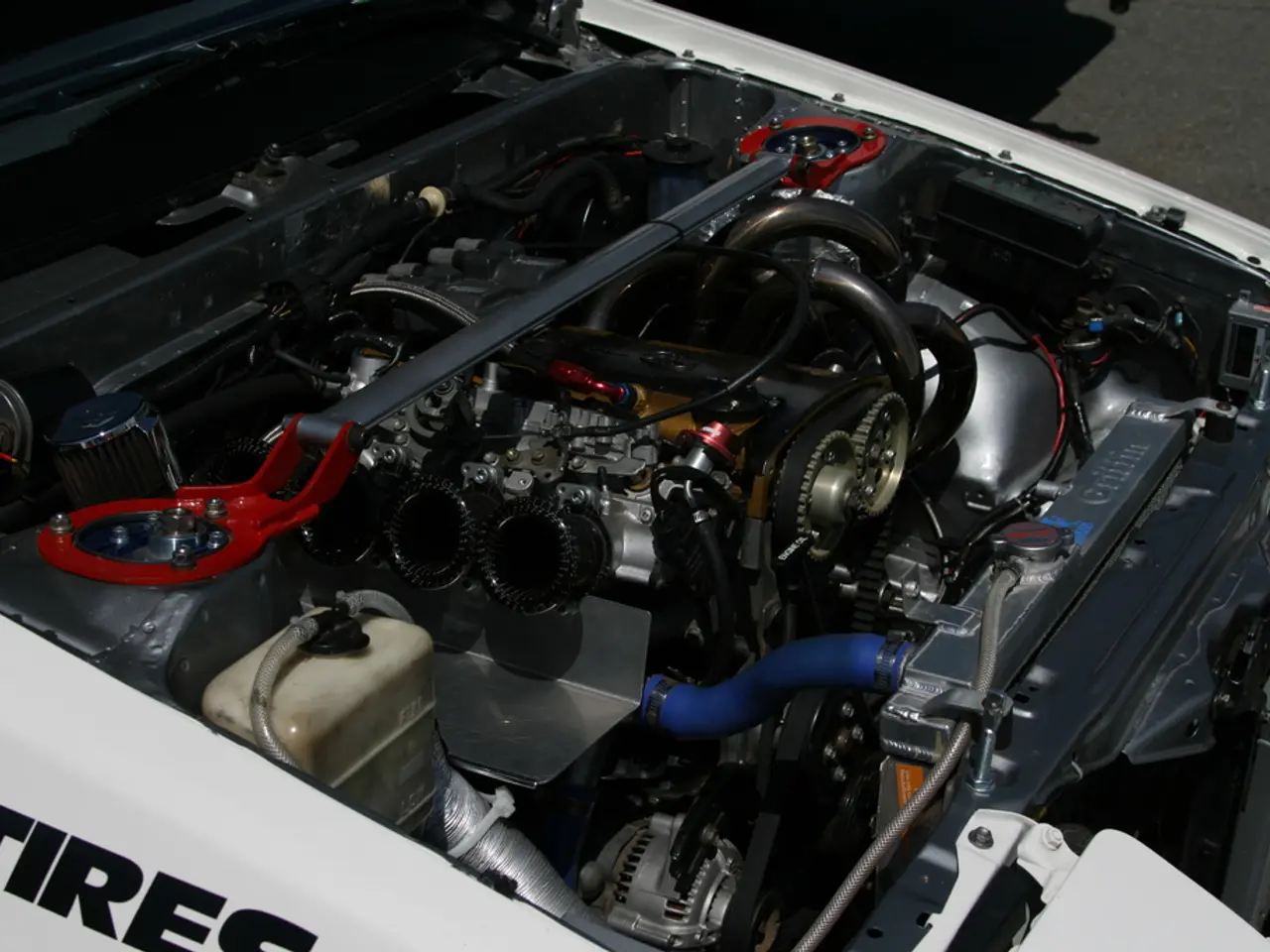Sodium batteries undergo rapid charging via co-intercalation technique
In a groundbreaking development, scientists have made significant strides in the exploration of co-intercalation, a process that could revolutionise the world of fast-charging sodium batteries. This innovative approach, initially deemed risky due to its contradiction of classical battery knowledge, has proven to be a game-changer.
The co-intercalation process enables fast-charging sodium batteries by allowing both sodium ions and solvent molecules to simultaneously enter and exit the cathode. Contrary to initial assumptions, this process has been shown to be reversible and stable in certain cathode materials, thereby enabling faster charging and discharging while maintaining battery longevity.
The findings, published in the prestigious journal Nature Materials, are the result of a collaborative effort from many talented individuals, led by Professor Philipp Adelhelm. The study, which involves a vast chemical landscape for designing novel materials, has opened the door for creating cathode materials that leverage co-intercalation to achieve high performance, fast charging, and longer cycle life in sodium batteries.
Key findings from the study include the demonstration that co-intercalation of sodium ions and solvent molecules occurs in a reversible, stable manner, contrary to prior assumptions that it causes irreversible swelling ("breathing") and shortens battery life. Co-intercalation also enables faster ion transport in cathodes, directly improving the charging speed and efficiency of sodium-ion batteries.
Interestingly, while co-intercalation reactions in graphite anodes typically result in low-capacity electrodes, the loss of capacity caused by co-intercalation in the investigated cathode materials is very low. The study also reveals that the co-intercalation process in cathode materials differs significantly from what happens in graphite anodes, offering super-fast kinetics.
The study, financed by Helmholtz-Zentrum Berlin and Humboldt-University, extends earlier work by the same team that had shown similar reversible co-intercalation in graphite anodes. The recently announced Berlin Battery Lab between HZB, HU, and BAM will provide more opportunities for joint research projects in Berlin.
The true beauty of co-intercalation reactions lies in their ability to offer a vast chemical landscape for designing novel layered materials for diverse applications. The research team, which carried out volume change measurements, structural analyses with synchrotron radiation, and electrochemical property investigations for a variety of combinations of electrodes and solvents, is optimistic about the future of fast-charging sodium batteries.
With these advancements, we are one step closer to overcoming traditional limitations of sodium-ion battery electrodes, combining high-rate capability with stability, which may accelerate the commercial development of fast-charging sodium batteries with competitive performance metrics.
- The co-intercalation process, initially perceived as risky in the science community due to its contradiction of classical battery knowledge, is shaping the future of the health-and-wellness industry by enabling fast-charging sodium batteries.
- In the realm of technology and finance, the energy sector is eagerly anticipating the potential impact of this revolutionary co-intercalation process on the fitness-and-exercise industry, as it offers the promise of high-performance, fast-charging, and longer-lasting sodium batteries.
- The fusion of science, finance, and technology is catalyzing the growth of the industry, as the discovery of co-intercalation's reversible, stable nature and its potential to improve charging speed and efficiency in sodium-ion batteries opens new avenues for innovation and energy solutions.




